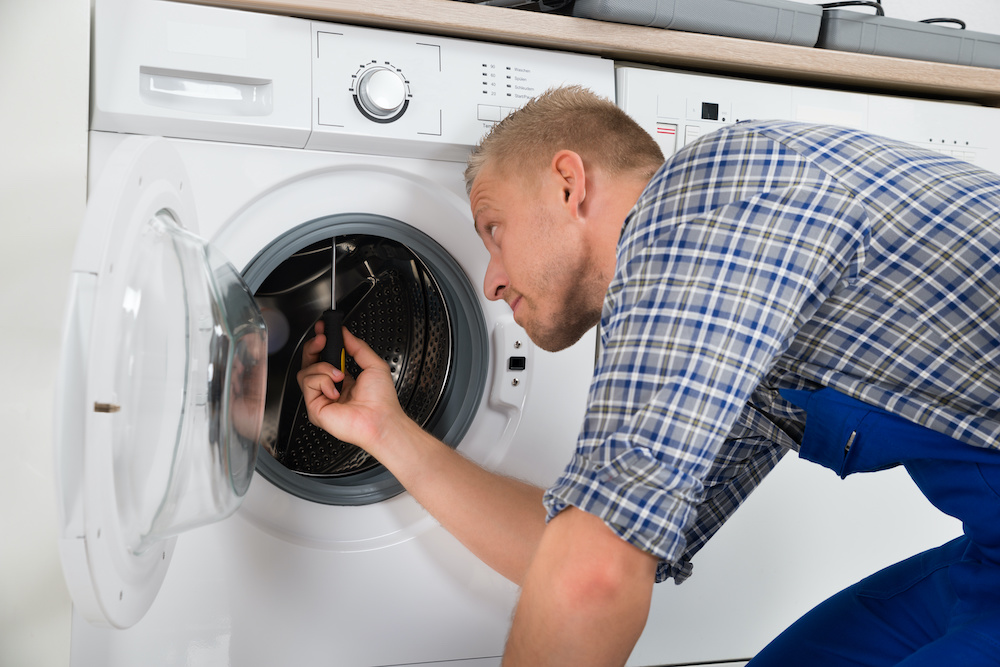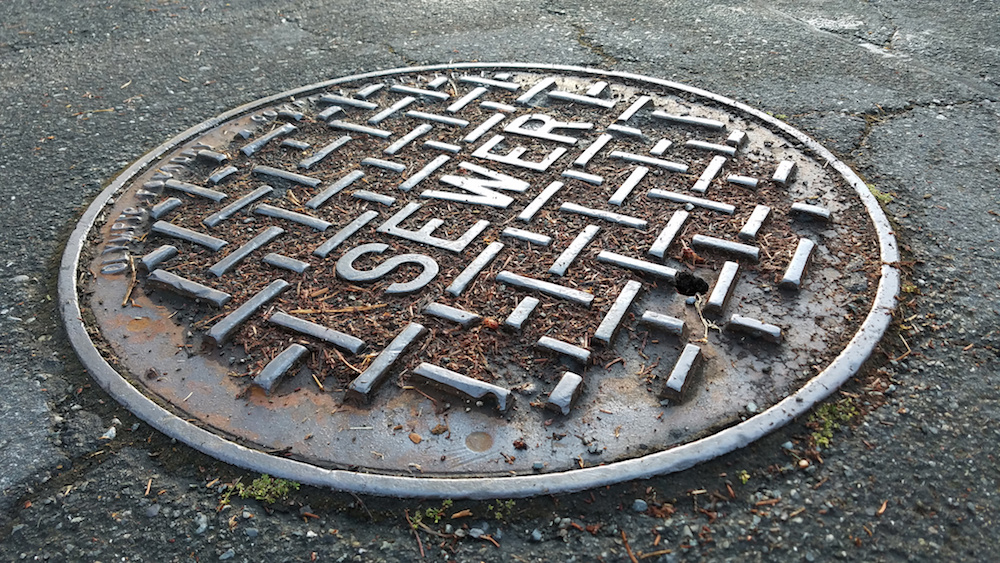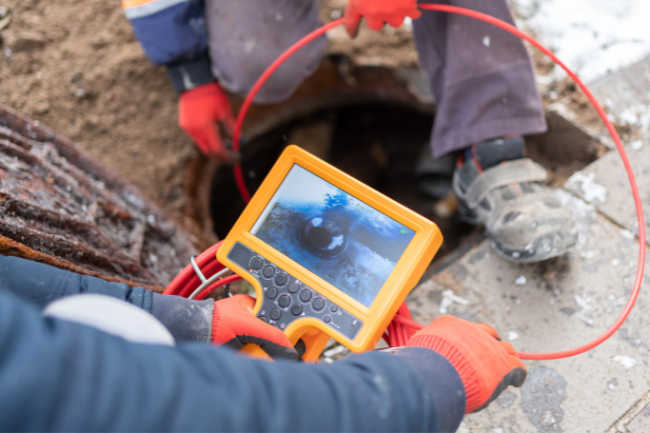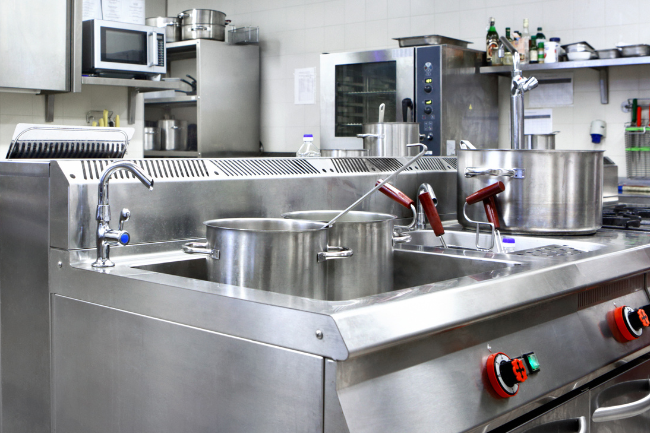The Best Way to Fix Clogged Washing Machine Drains
Posted by William Heinselman on

As many homeowners quickly discover, attempting to deal with a clogged washing machine drain can be risky business. How can you be sure you’re using the right tools or disconnecting the proper fixtures to resolve clogging and debris? Even more concerning are the possible ramifications of poor DIY attempts, which can actually wind up leaving your washing machine drains in worse condition than before.
Despite these concerns, however, clearing out your washing machine drains can be the easiest improvement you make to your home plumbing, provided that you delve into clog removal with the best drain cleaning tools available and plumbing know-how beforehand. When handling clogged washing machine drains, a little preparation can go a long way and improve washing machine performance drastically down the line.
The Common Causes of Washing Machine Clogs
Before you even consider dealing with a clogged washing machine drain on your own, learning about the frequent causes of drain clogging is a helpful preliminary step to avoiding future overflows. While ridding your home laundry drains of debris can be a rather frustrating and unpleasant task, these materials can build up and lead to considerable plumbing problems if left untended to.
A blocked washing machine drain pipe is typically the result of:
- Soap residue buildup.
- Leftover dryer lint and fragments.
- Grease, oils and other materials on clothing prior to washing.
If you notice persistent, pooling water in your washing machine unit following cycles and do not perform any regular drain inspections, there’s a good chance your machine’s drains have clogged over time due to everyday use. In these cases, acting quickly can simplify the drain-cleaning process later on and limit the extent to which washing machine clogs and debris materials affect your pipes.
What You Can Do: Manual Removal and Snaking
With the right plumbing tools on hand, repairing a clogged washing machine drain can actually be quite simple. If you don’t have any of the following tools, however, you’re liable to do more harm than good, potentially even causing damage to your pipes.
Some tools that could prove helpful when dealing with a clogged washing machine drain line include:
- Basin and hex-shaped wrenches
- Industrial drain augers, or “snakes”
- Wire and pipe cutters
- Conventional tools, particularly screwdrivers
Having these tools on-hand can mean a world of difference when self-cleaning your washing machine’s drains. Manually clearing debris from your laundry drain begins with the removal of the unit’s drainage pipe, located on the back of most washing units; this can most often be done with a conventional screwdriver, but we also recommend having a bucket on hand to catch any water backed up by the clogging.
Once your unit’s drainage pipe has been separated from the washing machine unit, there is an additional drain hose to detach from the pipe. This hose is typically where washing machine drain clogging occurs, serving as the main connection between your laundry unit and home plumbing system. Once you have disconnected this drain hose from the washing unit’s drainage pipe, you should be able to snake the hose like you would any other drain fixture.
Cleaning out the hose with a drain snake is a simple, three-step process:
- Run the drain snake through the hose until resistance is met, then use the snake’s rotation knob to physically latch onto clogged materials and debris.
- Break apart clogged gunk with fluid, twisting motions and continue pressing the drain snake through until there’s no more resistance.
- Slowly withdraw the drain snake from the hose, bringing any stubborn, dislodged debris along with it. You may need to turn the snake’s knob in the opposite direction to pull it out more easily.
Alternative Ways to Clean Your Clogged Washing Machine Drain
If you don’t feel prepared to manually take apart your laundry unit and use a drain snake to clear dense debris from your clogged washing machine drain, you can also try flushing out your drainage systems with non-caustic home cleaning mixtures, typically made of baking soda, vinegar, and hot water.
The natural acids within these products can break down organic material, helping them to clear out significant amounts of clogged gunk. When used properly, they can fully return your laundry drains to normal performance. Be very wary of using chemical cleaning products, as these can actually harm your drains and pose serious health risks.
For Severe Clogs, Don’t Hesitate to Call a Professional
As with any home plumbing problems, it’s important to know your own DIY limits as a homeowner. Don’t make matters worse by using poor clog-clearing techniques, or attempting to clear your blocked washing machine pipes without the right tools or expertise. When you know you’re getting in over your head, that’s when you should turn to experienced plumbing professionals like Express Sewer & Drain. We’ve been helping homeowners in the Sacramento area keep their pipes cleared for many years and there’s nothing we haven’t seen in all that time. Contact us today and we can get started restoring your home’s plumbing to working order.
Topics: Commercial Plumbing, Home Plumbing, Drain Cleaning and Repair







